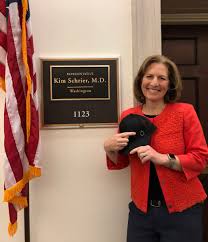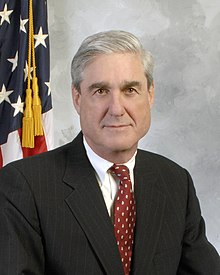Senior Women Web
If You're Looking For A Link To the Mueller Report, Look No Further
Editor's Note:
We're not downloading the entire Mueller report, but here is the Justice Department URL to read the report at:
Report On the Investigation Into Russian Interference In The 2016 Election, Vol I and II; Special Counsel Robert S. Mueller, III
https://www.justice.gov/storage/report.pdf?_ga=2.80421777.744576135.1555603755-461170982.1555603755
Mueller received the following military awards and decorations:
 |
 |
 |
 |
||||
 Julia Sneden Wrote: Remembering ... On a Day Once Known as 'Decoration Day'
Julia Sneden Wrote: Remembering ... On a Day Once Known as 'Decoration Day'
Julia Sneden wrote: He had gone off to war with a head full of blonde hair, and he came back mostly bald. His mouth sometimes quivered (he chewed a toothpick, I think to hide it), and he never spoke about his wartime experiences. He lived with us for several years, and for the first few he had to travel up to the Letterman Army Hospital in San Francisco once a month. He had problems with his liver, which my mother said came from a short time spent in a prison camp in Germany, she thought, although he never spoke to us of it, and we were strictly forbidden to ask him about it. more »
 Pew Trust's Stateline: Staffing Nursing Homes Was Hard Before the Pandemic. Now It’s Even Tougher.
Pew Trust's Stateline: Staffing Nursing Homes Was Hard Before the Pandemic. Now It’s Even Tougher.
There’s no standard federal ratio of staff to residents. A 1987 law requires nursing homes to have a registered nurse on duty eight hours a day, seven days a week; a licensed nurse on duty in the evenings and overnight; and staff “sufficient to meet nursing needs of its residents.” There’s no national data on nursing home staffing during the pandemic, because the federal government has suspended staff reporting requirements to give businesses a break from paperwork. Before the pandemic, the average nursing home could provide 3.9 hours a day of nursing care per patient, according to the most recent federal data. more »
 Bills Introduced, May 11 - 15: To Provide Emergency Assistance to Families Through Home Visiting Programs; Modifying Restaurant Meals Program under SNAP; Emergency Grants to States & Indian Tribes
Bills Introduced, May 11 - 15: To Provide Emergency Assistance to Families Through Home Visiting Programs; Modifying Restaurant Meals Program under SNAP; Emergency Grants to States & Indian Tribes
Bills Introduced: Reimbursements for the child care operational emergency costs of certain institutions during the COVID-19 pandemic; provide states and Indian tribes with flexibility in administering the Temporary Assistance for Needy Families (TANF) program; emergency grants to states and Indian tribes to provide financial support for low-income individuals; bill to increase the age of eligibility for children to receive benefits under the Special Supplemental Nutrition Program for Women, Infants, and Children (WIC)
Weekly Legislative Update
May 11… more »
 Jo Freeman Reviews Overturning Brown: The Segregationist Legacy of the Modern School Choice Movement
Jo Freeman Reviews Overturning Brown: The Segregationist Legacy of the Modern School Choice Movement
School choice sounds good, but is it really? Suitts says that understanding its racist roots illuminates its monochrome consequences. The Court eventually ruled that it was not permissible to create racially specific schools, even though they were technically private, not public. The schools switched to virtual segregation, which is another name for token integration. A few non-whites (not always black) were allowed in. Private schools remained overwhelmingly white, and not just in the South. Suitts concludes that shifting more resources from public to private schools, by whatever rationale, won’t result in a better education for those who need it most. To find out more about what happened and why, read this book. more »







